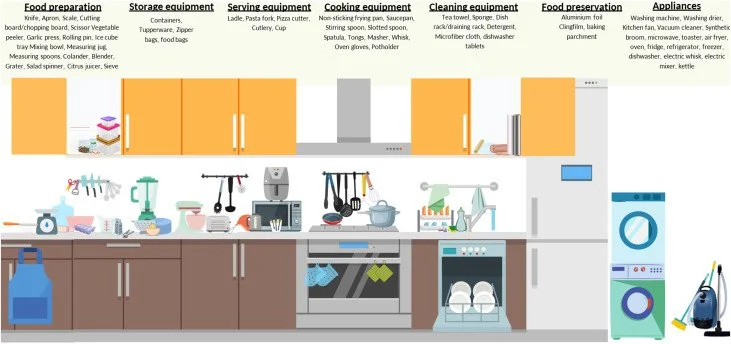Sources of microplastics in the home: This review explores how everyday kitchen equipment and processes—beyond food and packaging—can contribute to microplastic contamination in our meals. It highlights that cooking, cleaning, and storing food with certain tools may release micro- and nanoplastics, underscoring overlooked sources of exposure and raising concerns for food safety and human health.
Microplastics in freshwaters and drinking water: Critical review and assessment of data quality
Author links open overlay panelAlbert A. Koelmans a, Nur Hazimah Mohamed Nor a, Enya Hermsen a, Merel Kooi a, Svenja M. Mintenig b c, Jennifer De France d
The US Senate Commitee on Environmenta & Public Works, Subcommittee on Chemical Safety, Waste Management, Environmental Justice, and Regulatory Oversight held a hearing on microplastics in 2024.
Senator @SenatorJeffMerkleyYT (D-Ore.), Chair of the Senate Environment and Public Works (EPW) Subcommittee on Chemical Safety, Waste Management, Environmental Justice, and Regulatory Oversight, along with Senator Alex Padilla (D-Calif.), Chair of the EPW Subcommittee on Fisheries, Water, and Wildlife, lead a joint hearing exploring the presence of nanoplastics and microplastics in drinking water and wastewater.
Useful References:
WHO recommendations for reducing microplastics in drinking water.
Water Safety Plan Manual. Developed by the WHO and the International Water Association these guidelines outlines “The most effective means of consistently ensuring the safety of a drinking-water supply is through the use of a comprehensive risk assessment and risk management approach that encompasses all steps in water supply from catchment to consumer. In these Guidelines, such approaches are called water safety plans (WSPs)”. Purpose of the Manual The words above open Chapter 4 of the Third Edition of the WHO Guidelines for Drinking-water Quality (2004) and capture the philosophy of the WSP approach. The chapter describes the principles of the WSP approach rather than being a guide to their practical application. This Manual aims to provide practical guidance to facilitate WSP development focusing particularly on organized water supplies managed by a water utility or similar entity.

